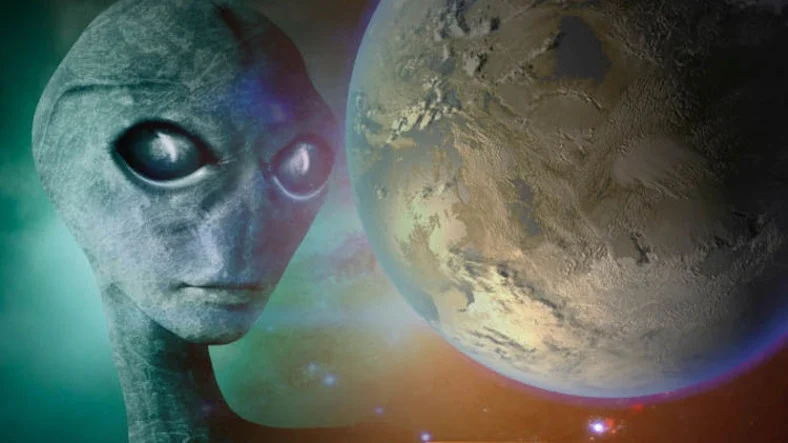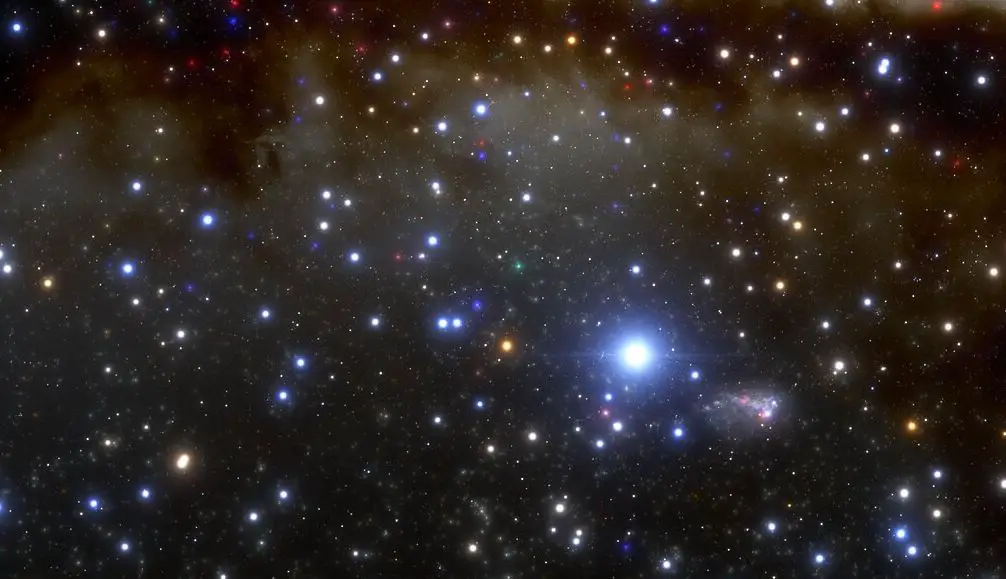Scientists typically pay special attention to oxygen and methane when talking about which gases in alien atmospheres may represent biosignatures, but a new study suggests that laughing gas may also be an indicator of alien life.
In exoplanet atmospheres, compounds that may represent the existence of life are called biosignatures, usually gases present in Earth’s atmosphere today, such as oxygen, methane, etc., but few researchers seriously consider nitrous oxide.
Nitrous oxide commonly known as laughing gas, can be produced by certain microorganisms, just because it is currently not in high concentrations in the earth’s atmosphere.
Therefore, it is not listed in the search for exoplanet atmospheres, but the team of astrobiologist Eddie Schwieterman of the University of California, Riverside said that this does not take into account that the cellular metabolism of many organisms in the earth’s oceans in the past has released nitrous oxide. .
Some microbes continuously convert nitrogen compounds into nitrates, such as in fish tanks that build up, which is why you have to change the water;
Given the right conditions in the ocean, some bacteria can convert these nitrates into nitrous oxide, which then leaks into the atmosphere.
In order to explore the correlation between laughing gas and life characteristics, the team made models of planets orbiting different stars, and determined that the nitrous oxide content on these planets can be detected by observatories such as the Webb Space Telescope,
The nearby star system Trappist-1 is a good experimental site, and there is a good chance of detecting nitrous oxide, which is comparable to carbon dioxide and methane.
K-type stars or M-type stars are not as good at breaking down nitrous oxide as the sun, the researchers said,
Therefore, planets orbiting these two types of stars may have more nitrous oxide gas in their atmospheres than expected.
The Webb Space Telescope will soon send back information about the atmospheres of terrestrial rocky planets in the TRAPPIST-1 system,
If the analysis does find nitrous oxide gas, it may not be possible to rule out a metabolic process that may have come from extraterrestrial microorganisms.




